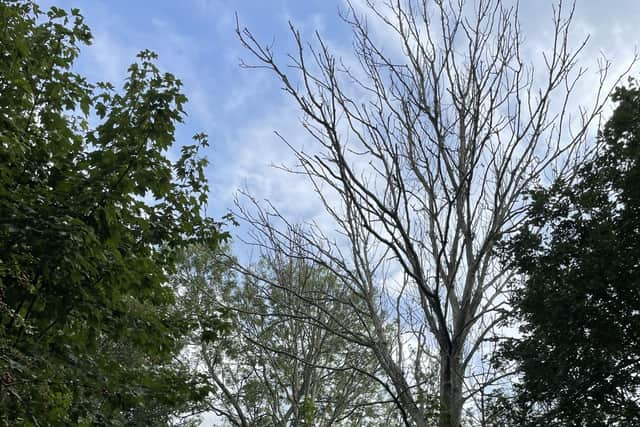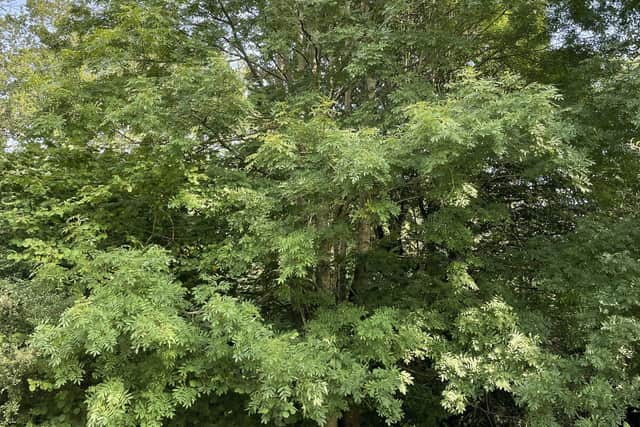Trees to be axed at Horsham beauty spots after disease strikes
and live on Freeview channel 276
The council says some of the trees at Warnham Local Nature Reserve and Southwater Country Park are suffering from the killer fungal disease ash dieback and have to be felled.
The felling will have ‘a significant impact but is sadly unavoidable,’ according to Councillor Roger Noel.
Advertisement
Hide AdAdvertisement
Hide AdThe council says that it is developing a programme of inspection of all trees on its land because of an increasing threat of ash dieback.


It says the programme will determine how the council will manage risks and issues associated with the spread of the disease across the district.
A spokesperson said: “It is estimated that up to 90 per cent of all ash trees in the UK will be affected by ash dieback and ultimately be killed by the disease over the next decade.
“There is currently no cure or method of control to prevent or protect against the disease.
Advertisement
Hide AdAdvertisement
Hide Ad“Affected trees become brittle and difficult to fell, and pose a significant risk to people, property and the environment, if not dealt with in a timely fashion.”


Councillor Noel, cabinet member for leisure and culture said: “Ash dieback will unfortunately have a massive impact on our woodlands and parks.
“We have already been felling individual trees that have succumbed to the disease, but we are now stepping up our management as a safety measure.
“From this winter, and for the next few years, we will be removing diseased and dying ash trees from many of our council-owned sites, including Warnham Local Nature Reserve and Southwater Country Park.
Advertisement
Hide AdAdvertisement
Hide Ad“This will be a phased approach, targeting woods in order of the urgency of the work required.
“We will be contacting residents who live next to affected wooded areas, before work starts at each site.
“Some of our woods are between 30-50 per cent Ash, so their removal will have a significant impact on the landscape, but this is sadly unavoidable.
“In most cases we will be allowing natural regeneration to repair the woodland, rather than replanting, which would not be effective.”
Advertisement
Hide AdAdvertisement
Hide AdAsh trees that have become infected may display a range of symptoms, but most obvious is dead twigs and branches with no leaves.
The disease weakens the tree over time, with the canopy becoming thinner.
Mature trees in good growing conditions may be able to resist the infection for several years, whereas younger or weaker trees may die more quickly.